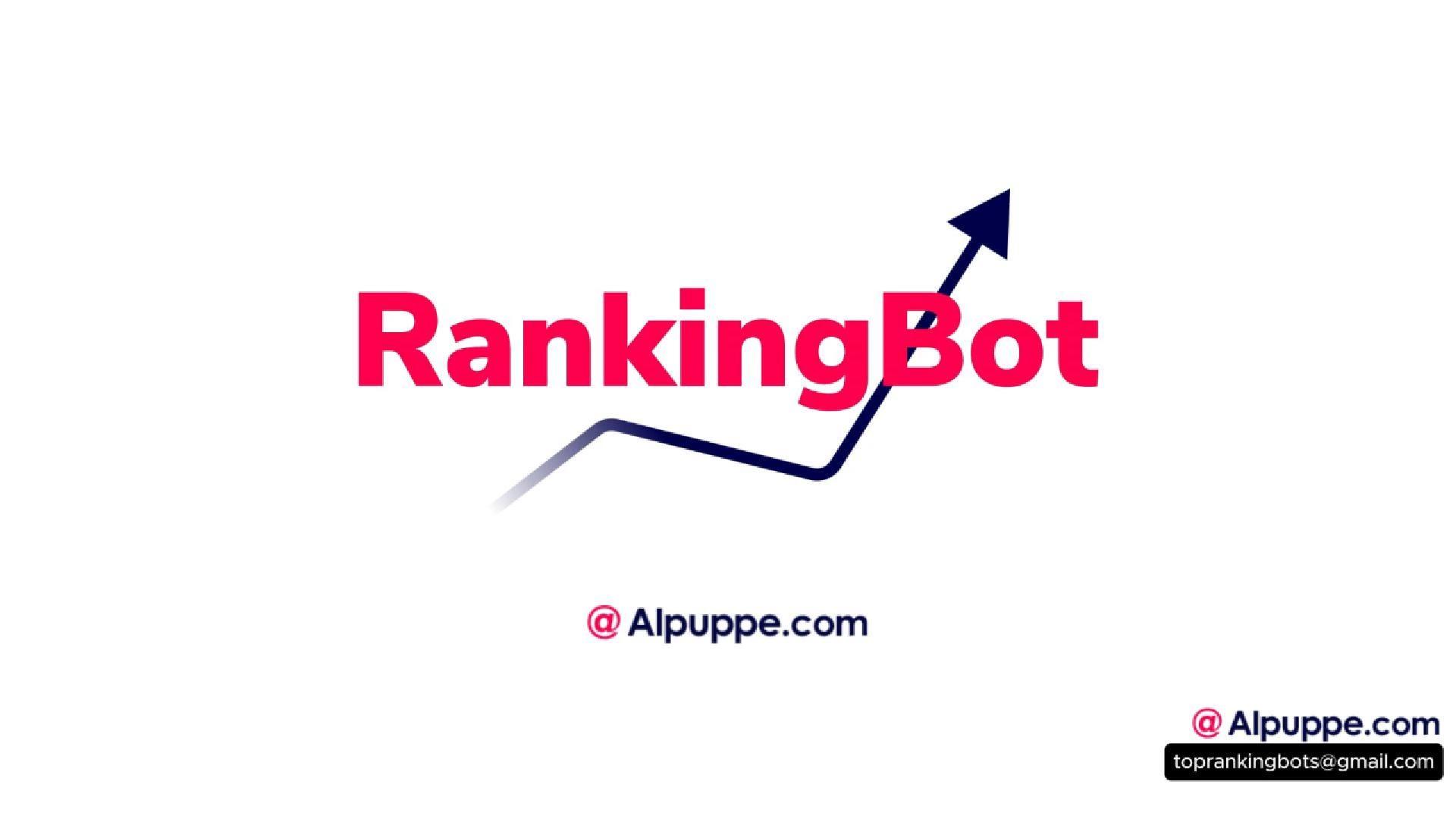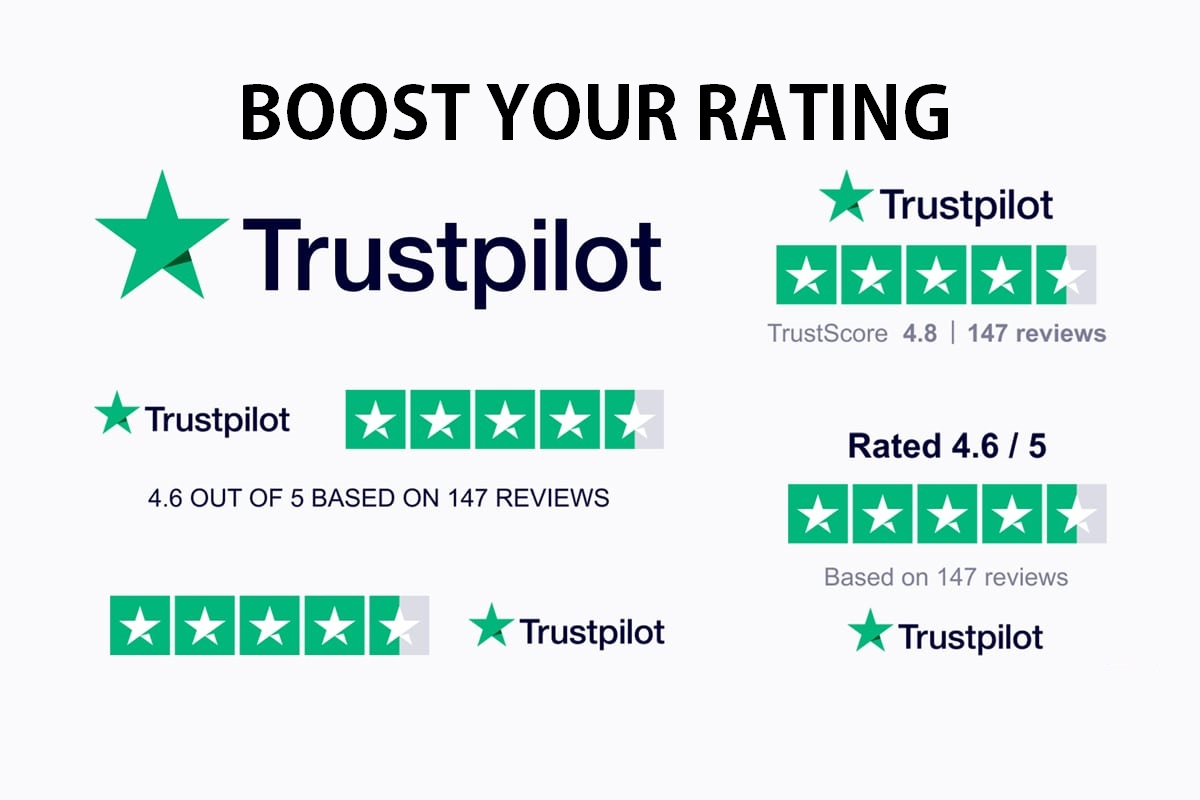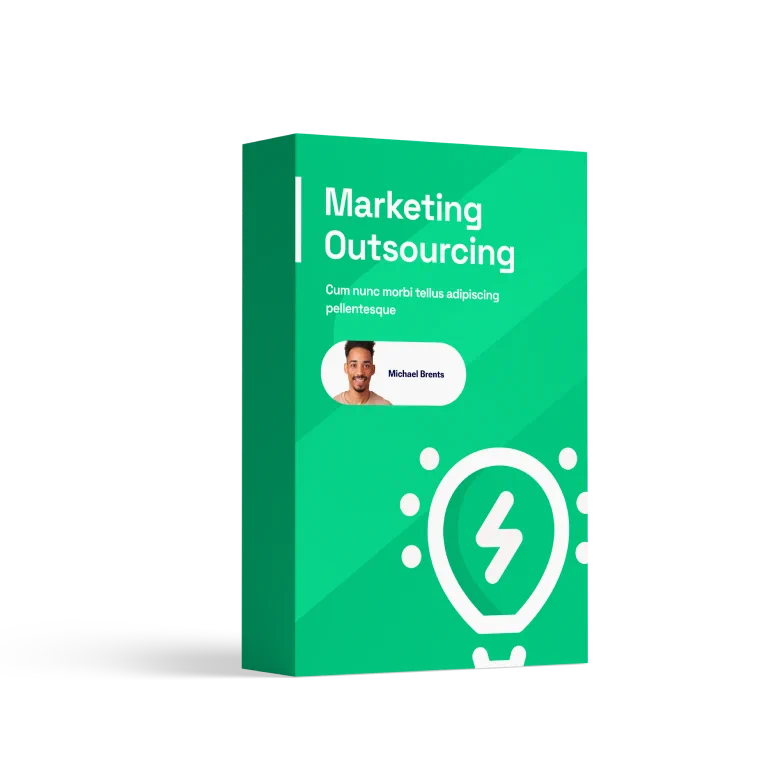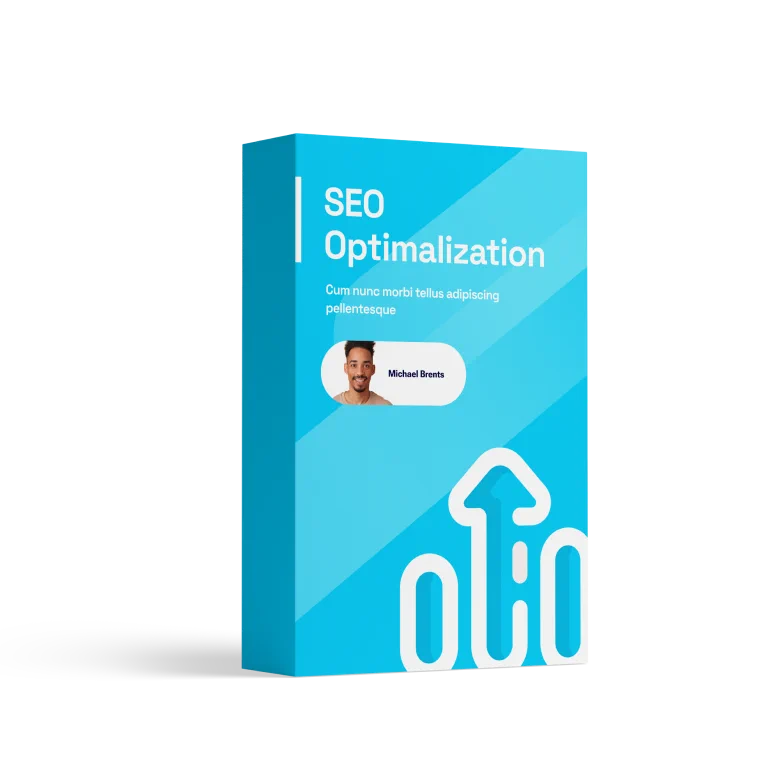Boost Your Social Media Game with Facebook Traffic Hacks!
June 25, 2024Unlocking the Power of Social Media: Turn Followers into Customers!
June 25, 2024Understanding Social Media Traffic
In today’s digital age, social media traffic plays a crucial role in driving conversions for businesses. Understanding how to leverage social platforms to maximize traffic and ultimately lead to conversions is essential for any successful marketing strategy. Social media traffic refers to the visitors that come to your website or landing page through various social media platforms such as Facebook, Twitter, Instagram, and LinkedIn. By tapping into the vast user base of these platforms, businesses can increase brand visibility, generate leads, and ultimately boost sales.
Importance of Social Media Traffic
Social media has become a powerful tool for businesses to connect with their target audience and drive traffic to their websites. With billions of active users on platforms like Facebook and Instagram, the potential reach for businesses is virtually limitless. By creating engaging content and strategically promoting it on social media, businesses can attract a steady stream of visitors to their websites. However, simply driving traffic is not enough; businesses must also focus on converting these visitors into customers.
Types of Social Media Traffic
There are two main types of social media traffic: organic and paid. Organic social media traffic refers to visitors who come to your website through unpaid channels, such as posts on your business’s social media profiles or shares from other users. Paid social media traffic, on the other hand, involves using paid advertising to promote your content and drive traffic to your website. Both types of traffic can be valuable for businesses, depending on their marketing goals and budget.
Benefits of Organic Traffic
Organic social media traffic is often seen as more authentic and trustworthy by users, as it is not influenced by paid promotions. By consistently posting high-quality content and engaging with your audience, businesses can build a loyal following that will drive organic traffic to their websites. Organic traffic also tends to have a higher conversion rate, as users are more likely to trust recommendations from friends or influencers than from paid advertisements.
Strategies for Increasing Conversions
Once you have successfully driven social media traffic to your website, the next step is to focus on converting these visitors into customers. Conversions can take many forms, such as making a purchase, signing up for a newsletter, or filling out a contact form. By implementing effective conversion strategies, businesses can maximize the return on their social media efforts and increase their revenue.
Optimize Landing Pages
One of the most important factors in converting social media traffic is having well-designed and optimized landing pages. A landing page is the first page that visitors see when they click on a social media post or ad. To increase conversions, businesses should ensure that their landing pages are easy to navigate, visually appealing, and contain clear calls to action. By testing different variations of landing pages and analyzing the results, businesses can identify which designs and copy perform best and optimize for conversion.
Implement Retargeting Strategies
Retargeting is a powerful conversion strategy that involves showing ads to users who have previously visited your website but did not convert. By using tracking pixels and cookies, businesses can follow these users across the web and show them targeted ads based on their browsing behavior. Retargeting can be a highly effective way to re-engage with users who have shown interest in your products or services, ultimately increasing the likelihood of conversion.
Personalize the User Experience
Personalization is key to converting social media traffic into customers. By collecting data on user preferences, behaviors, and demographics, businesses can tailor their content and offers to each individual user. Personalized recommendations, targeted promotions, and customized messaging can all help increase the likelihood of conversion. By leveraging data analytics and marketing automation tools, businesses can create personalized experiences that resonate with their target audience and drive conversions.
A/B Testing
A/B testing is a valuable tool for optimizing conversion rates. By testing different variations of ads, landing pages, and calls to action, businesses can identify which elements perform best and make data-driven decisions to improve conversion rates. A/B testing allows businesses to experiment with different strategies and measure the impact on conversion rates, helping them refine their marketing efforts and maximize the return on their social media traffic.
Utilizing Analytics for Optimization
Analytics play a critical role in optimizing social media traffic for conversion. By tracking key metrics such as click-through rates, bounce rates, and conversion rates, businesses can gain valuable insights into the effectiveness of their social media campaigns and make data-driven decisions to improve performance. Utilizing analytics tools such as Google Analytics, Facebook Insights, and Twitter Analytics can help businesses monitor the success of their social media efforts and identify areas for improvement.
Key Performance Indicators
When it comes to optimizing social media traffic for conversion, there are several key performance indicators (KPIs) that businesses should pay attention to. Click-through rate (CTR) measures the percentage of users who click on a link or ad after seeing it on social media. Bounce rate measures the percentage of visitors who leave a website after viewing only one page. Conversion rate measures the percentage of visitors who take a desired action, such as making a purchase or signing up for a newsletter. By tracking these KPIs, businesses can assess the effectiveness of their social media campaigns and make adjustments as needed.
Conversion Funnel Analysis
A conversion funnel is a series of steps that users take to complete a desired action, such as making a purchase. By analyzing the conversion funnel, businesses can identify where users are dropping off and make improvements to increase conversion rates. For example, if a high percentage of users are abandoning their shopping carts before completing a purchase, businesses can implement strategies to reduce cart abandonment, such as offering free shipping or easy checkout options. By understanding the conversion funnel and making targeted optimizations, businesses can improve the overall conversion rate of their social media traffic.
Attribution Modeling
Attribution modeling is a method of determining which channels and touchpoints contribute to conversions. By using attribution models such as first-touch, last-touch, or multi-touch, businesses can gain insights into the customer journey and understand how social media traffic interacts with other marketing channels. This information can help businesses allocate their marketing budget more effectively and optimize their social media campaigns for maximum conversion.
Real-time Reporting
Real-time reporting allows businesses to monitor the performance of their social media campaigns in real-time and make adjustments on the fly. By tracking key metrics as they happen, businesses can quickly identify underperforming campaigns and make data-driven decisions to improve results. Real-time reporting also enables businesses to capitalize on trends and opportunities as they arise, ensuring that they are always optimizing their social media traffic for conversion.
Implementing Targeted Marketing Campaigns
To maximize social media traffic for conversion, businesses should implement targeted marketing campaigns that focus on reaching the right audience with the right message at the right time. By understanding the demographics, interests, and behaviors of their target audience, businesses can create highly relevant and engaging content that drives conversions. Targeted marketing campaigns can help businesses increase brand awareness, generate leads, and ultimately boost sales.
Audience Segmentation
Audience segmentation is the process of dividing a target audience into smaller, more defined groups based on characteristics such as age, gender, location, and interests. By segmenting their audience, businesses can create customized content and offers that resonate with each group, increasing the likelihood of conversion. For example, a fashion retailer might segment their audience into categories such as men’s clothing, women’s clothing, and accessories, and tailor their marketing campaigns accordingly.
Influencer Partnerships
Influencer marketing is a popular strategy for reaching a wider audience and driving social media traffic to your website. By partnering with influencers who have a large and engaged following, businesses can leverage their influence to promote products or services to their followers. Influencers can help businesses increase brand visibility, build credibility, and drive conversions by recommending their products to their audience. When choosing influencers to partner with, businesses should look for those whose values align with their brand and whose followers match their target audience.
Social Media Advertising
Social media advertising is a powerful way to reach a targeted audience and drive traffic to your website. By using platforms like Facebook Ads, Instagram Ads, and LinkedIn Ads, businesses can create highly targeted campaigns that reach users based on their demographics, interests, and behaviors. Social media advertising allows businesses to set specific goals for their campaigns, such as increasing website traffic, generating leads, or boosting sales. By monitoring the performance of their ads and making adjustments as needed, businesses can optimize their social media traffic for conversion.
Email Marketing Campaigns
Email marketing is another effective strategy for converting social media traffic into customers. By capturing email addresses from social media followers and website visitors, businesses can create targeted email campaigns that drive conversions. Email marketing allows businesses to deliver personalized content and offers directly to their audience’s inbox, increasing the likelihood of engagement and conversion. By segmenting their email list and sending relevant content to each group, businesses can maximize the impact of their email marketing campaigns and drive conversions from their social media traffic.






